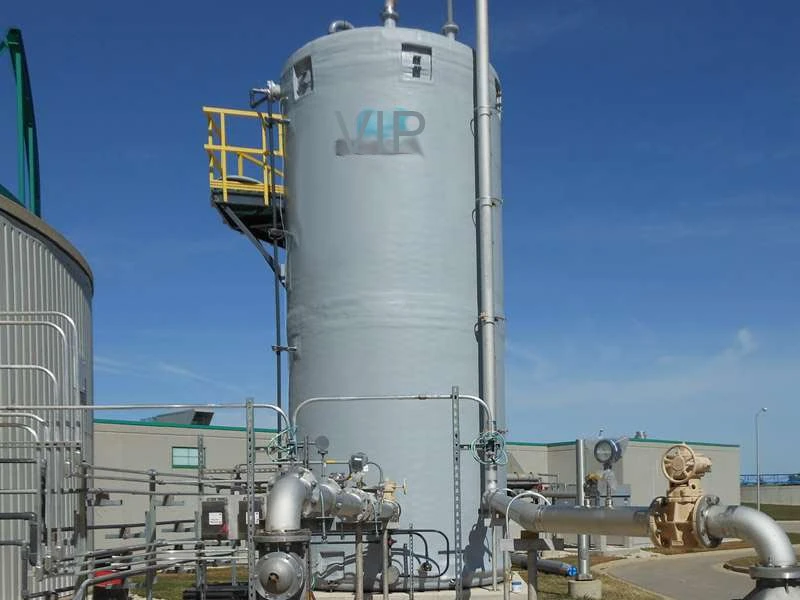
-
 Afrikaans
Afrikaans -
 Albanian
Albanian -
 Amharic
Amharic -
 Arabic
Arabic -
 Armenian
Armenian -
 Azerbaijani
Azerbaijani -
 Basque
Basque -
 Belarusian
Belarusian -
 Bengali
Bengali -
 Bosnian
Bosnian -
 Bulgarian
Bulgarian -
 Catalan
Catalan -
 Cebuano
Cebuano -
 China
China -
 China (Taiwan)
China (Taiwan) -
 Corsican
Corsican -
 Croatian
Croatian -
 Czech
Czech -
 Danish
Danish -
 Dutch
Dutch -
 English
English -
 Esperanto
Esperanto -
 Estonian
Estonian -
 Finnish
Finnish -
 French
French -
 Frisian
Frisian -
 Galician
Galician -
 Georgian
Georgian -
 German
German -
 Greek
Greek -
 Gujarati
Gujarati -
 Haitian Creole
Haitian Creole -
 hausa
hausa -
 hawaiian
hawaiian -
 Hebrew
Hebrew -
 Hindi
Hindi -
 Miao
Miao -
 Hungarian
Hungarian -
 Icelandic
Icelandic -
 igbo
igbo -
 Indonesian
Indonesian -
 irish
irish -
 Italian
Italian -
 Japanese
Japanese -
 Javanese
Javanese -
 Kannada
Kannada -
 kazakh
kazakh -
 Khmer
Khmer -
 Rwandese
Rwandese -
 Korean
Korean -
 Kurdish
Kurdish -
 Kyrgyz
Kyrgyz -
 Lao
Lao -
 Latin
Latin -
 Latvian
Latvian -
 Lithuanian
Lithuanian -
 Luxembourgish
Luxembourgish -
 Macedonian
Macedonian -
 Malgashi
Malgashi -
 Malay
Malay -
 Malayalam
Malayalam -
 Maltese
Maltese -
 Maori
Maori -
 Marathi
Marathi -
 Mongolian
Mongolian -
 Myanmar
Myanmar -
 Nepali
Nepali -
 Norwegian
Norwegian -
 Norwegian
Norwegian -
 Occitan
Occitan -
 Pashto
Pashto -
 Persian
Persian -
 Polish
Polish -
 Portuguese
Portuguese -
 Punjabi
Punjabi -
 Romanian
Romanian -
 Russian
Russian -
 Samoan
Samoan -
 Scottish Gaelic
Scottish Gaelic -
 Serbian
Serbian -
 Sesotho
Sesotho -
 Shona
Shona -
 Sindhi
Sindhi -
 Sinhala
Sinhala -
 Slovak
Slovak -
 Slovenian
Slovenian -
 Somali
Somali -
 Spanish
Spanish -
 Sundanese
Sundanese -
 Swahili
Swahili -
 Swedish
Swedish -
 Tagalog
Tagalog -
 Tajik
Tajik -
 Tamil
Tamil -
 Tatar
Tatar -
 Telugu
Telugu -
 Thai
Thai -
 Turkish
Turkish -
 Turkmen
Turkmen -
 Ukrainian
Ukrainian -
 Urdu
Urdu -
 Uighur
Uighur -
 Uzbek
Uzbek -
 Vietnamese
Vietnamese -
 Welsh
Welsh -
 Bantu
Bantu -
 Yiddish
Yiddish -
 Yoruba
Yoruba -
 Zulu
Zulu
Efficient Water Tank Solutions for Sustainable Water Management Systems
Utilizing GRP Water Tanks for Sustainable Water Management
In recent years, the importance of sustainable water management has come to the forefront as industries and municipalities seek solutions to mitigate water scarcity and optimize resource usage. One innovative solution that has been gaining traction is the use of Glass Reinforced Plastic (GRP) water tanks. These tanks offer numerous advantages over traditional water storage methods, making them an ideal choice for both industrial and domestic applications.
Introduction to GRP Water Tanks
GRP, also known as fiberglass, is a composite material composed of glass fibers and resin. This combination results in a material that is lightweight, strong, and resistant to corrosion, making it an excellent choice for the construction of water tanks. GRP water tanks have been utilized in a variety of environments, from rural and urban settings to industrial facilities and agricultural operations. Their versatility and durability make them a popular choice for modern water management strategies.
Key Advantages of GRP Water Tanks
1. Corrosion Resistance Unlike metal tanks that can rust and corrode when exposed to water, GRP water tanks are highly resistant to corrosion. This characteristic ensures a longer lifespan and reduces maintenance costs associated with tank deterioration.
2. Lightweight and Easy to Install GRP water tanks are significantly lighter than traditional concrete or steel tanks. This makes transportation and installation easier and more cost-effective. The lightweight nature of GRP allows for the design of large-capacity tanks that can be easily relocated if necessary.
3. Environmental Impact The manufacturing process of GRP water tanks typically involves less energy consumption compared to metal tanks. Additionally, GRP can be produced using recycled materials, which aligns with sustainability goals. Furthermore, the longevity of GRP tanks reduces the frequency of replacements, minimizing waste over time.
grp water tank

4. Versatility in Design GRP water tanks can be molded into various shapes and sizes, catering to specific storage needs. Whether for potable water, rainwater harvesting, or industrial applications, GRP tanks can be custom-designed to fit the required capacity and space.
5. Thermal Insulation GRP is an excellent insulator, which helps to maintain the temperature of the stored water. This is particularly important in regions where water quality can be affected by temperature fluctuations, as it prevents algal growth and reduces the need for chemical treatments.
Applications of GRP Water Tanks
The applications of GRP water tanks are extensive. In agricultural settings, they are increasingly used for irrigation purposes, storing rainwater, and providing water for livestock. In urban areas, GRP tanks serve as an effective solution for drinking water storage, emergency reserves, and firefighting needs. They are also utilized in industries, such as chemical processing and food production, where the quality and safety of water are crucial.
Conclusion
In conclusion, GRP water tanks present a modern and efficient solution for water management challenges. Their inherent advantages—corrosion resistance, lightweight nature, versatility, and environmental benefits—make them a favorable alternative to traditional water storage options. As the world continues to prioritize sustainable practices in all sectors, integrating GRP water tanks into water management systems stands out as a viable and necessary approach.
The growing awareness of water sustainability and the need for effective storage solutions further underline the relevance of GRP water tanks. As more individuals and organizations recognize the long-term benefits of investing in these advanced storage systems, it is likely that their usage will continue to expand across various applications. Investing in GRP water tanks not only enhances water management but also contributes to broader environmental goals, ensuring that future generations will have access to the vital resource of clean water.









